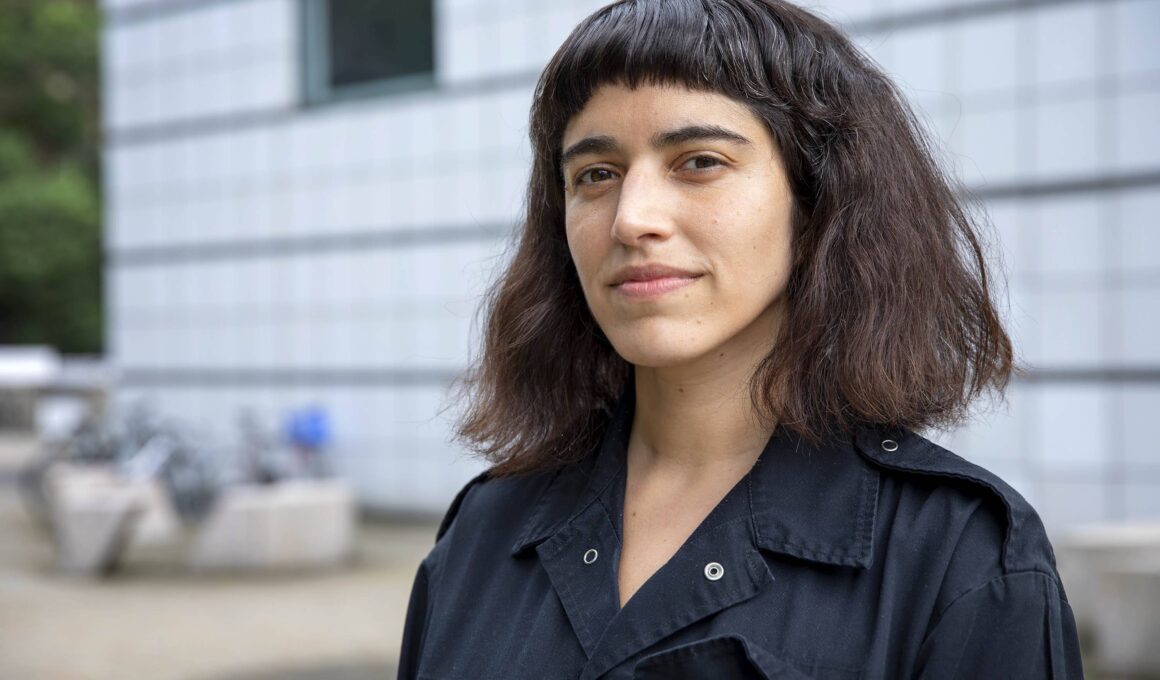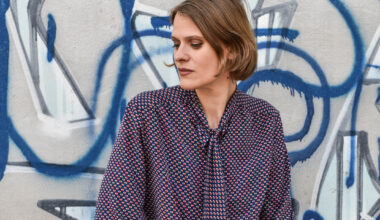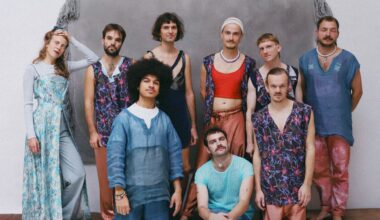Nicole L’Huillier (b. 1985) is a transdisciplinary artist and researcher from Santiago, Chile. Her practice centers on exploring sounds and vibrations as construction materials to delve into questions of agency, identity, collectivity, and the activation of a vibrational imagination. Her work materializes through installations, sonic/vibrational sculptures, custom-made (listening and/or sounding) apparatuses, performances, experimental compositions, membranal poems, and writing. She holds a Ph.D. in Media Arts & Sciences from MIT (2022).
Her work has been shown at the 60th International Art Exhibition – La Biennale di Venezia (2024), Kunsthalle Bern (2024), Ming Contemporary Art Museum (McaM), Shanghai (2023), ifa-Gallery Stuttgart (2023), Bienal de Artes Mediales Santiago (2023, 2021, 2019, 2017), Staatliche Kunsthalle Baden-Baden (2022), Transmediale, Berlin (2022), Ars Electronica, Linz (2022, 2019, 2018), Museo de Arte Contemporáneo (MAC), Santiago de Chile (2022), 6th Ural Industrial Biennale, Ekaterinburg (2021), and 16th International Architecture Exhibition – La Biennale di Venezia (2018), among others.
At this year’s final MINSKBAR at “DAS MINSK” in Potsdam, Nicole L’Huillier will play a two-hour DJ set along Switzerland artist Nina Emge.
1. What is the biggest inspiration for your music?
I learn a lot from collective improvisatory ensembles from the south Andean region. From the different instruments, as well as the specific sonorities that contain knowledge and assert unique ways of entering into dialogue, the immense devotion and celebratory ritual context that goes beyond the music and centers on the weaving of encounters and structures of reciprocity. I also have learned a lot from and I am very inspired by movements and friends such as the spaces and dialogues I grew up with, the experimental electronics art & music and DIY scene in Chile/Latinamerica.
2. How and when did you get into making music?
Since I was a kid. I started playing drums in jam sessions my brothers and friends. Learning by playing since very young, then I started to get into fixing gear and learning a lot about electronics, and through workshops and experiments with friends I started making my own synthesizers and instruments. all this led me to an artistic practice that is based in relationality through improvisatory encounters, and experimentation with a big space for errors and the unknown.
2. How and when did you get into making music?
3. What are 5 of your favourite albums of all time?
Violeta Parra – Santiago, Penando Estás
Milton Nascimento – Maria Maria Ultimo Trem
Oksana Linde – Aquatic and Other Worlds
Chocolate – Peru’s Master Percussionist (Perspectives on Afro-Peruvian Music. The Collection)
Los Mirlos – Cumbia Amazonica
4. What do you associate with Berlin?
5. What’s your favourite place in your town?
I am fairly new in town and more than places, I am very moved by communities I have encountered such as the Radical Sounds Latinamerica Festival or Planetary Listening and others that are really opening diverse and resonant spaces for caring dialogue, reflection, and experimentation.
6. If there was no music in the world, what would you do instead?
7. What was the last record/music you bought or listen?
Cergio Prudencio – Antología 1: Obras para la Orquesta Experimental de Instrumentos Nativos
8. Who would you most like to collaborate with?
Nina Emge
9. What was your best gig (as performer or spectator)?
10. How important is technology to your creative process?
A central aspect of my practice is technology and its many understandings. I work with and research our relationship with contemporary and ancestral technologies. I also inventing my own apparatuses, which are often excuses to open up questions around agency and collectivity.
11. You work a lot with sounds, vibrations and resonances. What do we get to hear in your DJ set at the MINSKBAR?
It is a selection of songs and sounds that move me but are not necessarily upbeat. Many of these sounds come from (but are not limited to) the south-Andean region and other southern territories and bring memories and sentiments full of collective textures, wind ensembles, cumbia (sicodélica), electroacoustic experiments, sweet pop, folklore, trap, noise, baladas, sweaty beats, neoperreo and other unbounded resonances.


